Australia’s marine environment encompasses some of the world’s most biodiverse and pristine ecosystems. With the third-largest marine jurisdiction globally, spanning 16 million square kilometres, Australia has established an extensive network of marine protected areas. Here’s your comprehensive guide to the eight most important marine conservation zones that showcase Australia’s commitment to ocean protection.
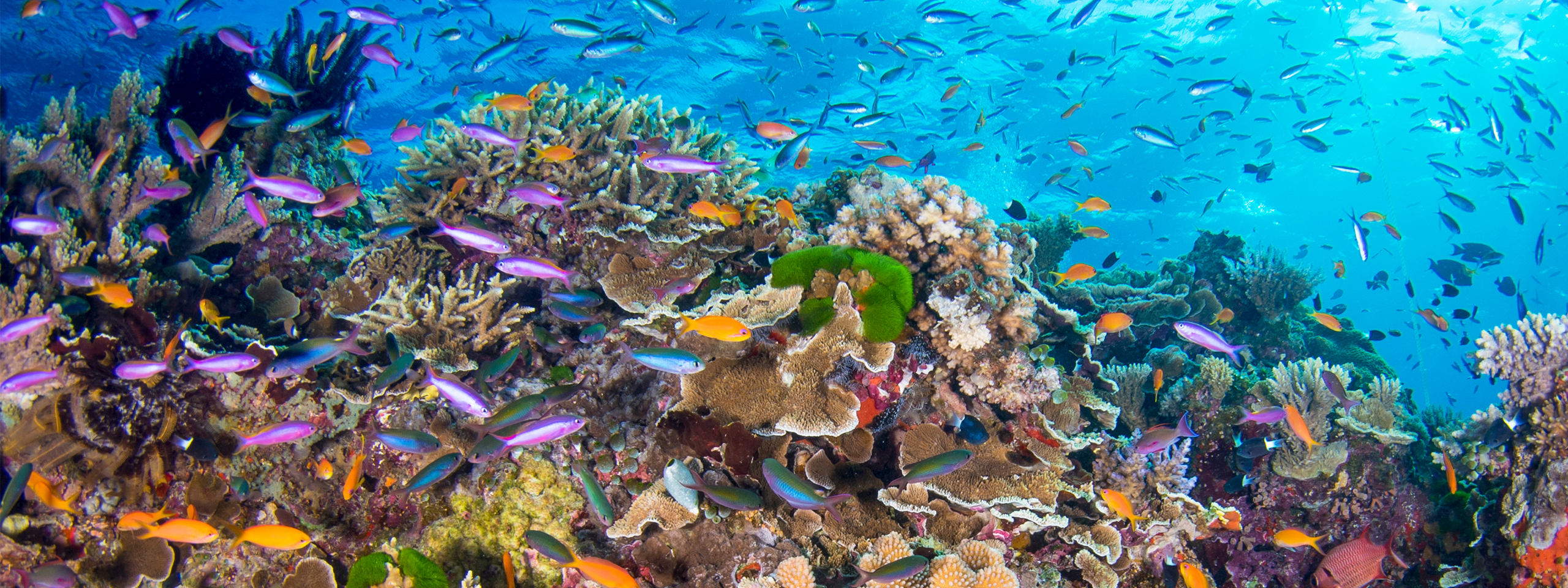
1. Great Barrier Reef Marine Park: The Crown Jewel
Covering 344,400 square kilometres, the Great Barrier Reef Marine Park is the world’s largest coral reef ecosystem and Australia’s most iconic marine conservation area.
Conservation Significance:
- Home to over 1,500 fish species, 600 coral species, and 30 marine mammal species
- Provides breeding grounds for endangered species like green sea turtles and dugongs
- Supports traditional use by Aboriginal and Torres Strait Islander peoples
- Generates $6.4 billion annually through tourism and fishing industries
Protection Strategies: The Marine Park uses sophisticated zoning systems with different levels of protection:
- Green Zones (No-Take Areas): Cover 33% of the park, allowing marine life to recover and breed
- Yellow Zones (Habitat Protection): Permit limited fishing while protecting sensitive habitats
- Blue Zones (Conservation Park): Allow sustainable fishing and tourism activities
Recent innovations include real-time water quality monitoring, coral restoration programs, and partnerships with traditional owners to integrate Indigenous knowledge into management practices.
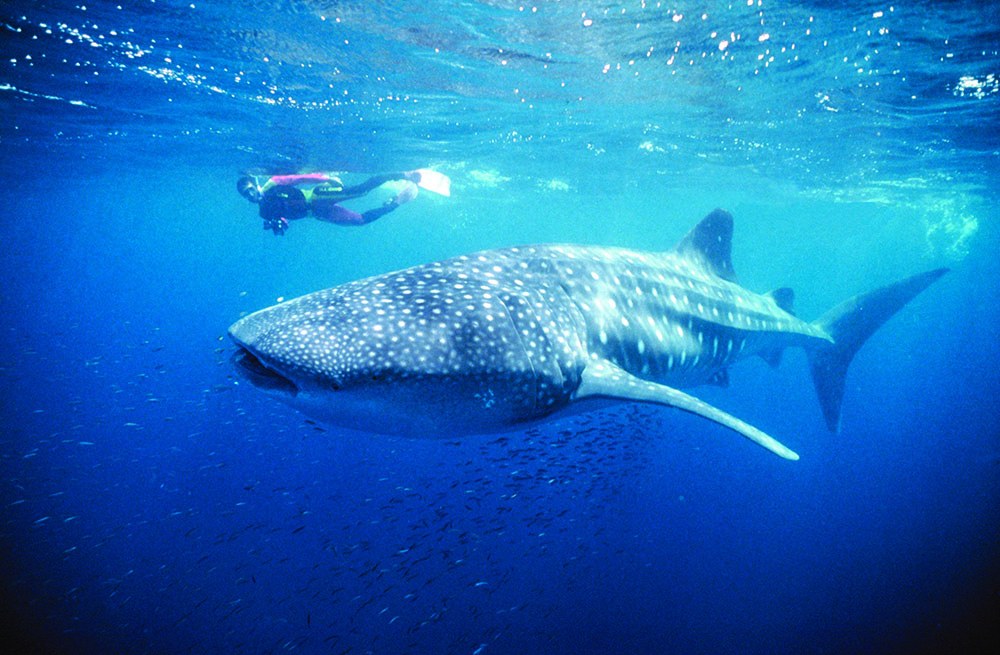
2. Ningaloo Marine Park: The Pristine Fringing Reef
Western Australia’s Ningaloo Reef represents one of the world’s most accessible and pristine coral reef systems, stretching 300 kilometres along the coast.
Conservation Significance:
- Supports the world’s largest whale shark aggregation (300-500 individuals annually)
- Maintains 90% coral cover compared to global reef declines
- Hosts over 500 fish species and 300 coral species
- Provides crucial breeding habitat for loggerhead turtles and manta rays
Management Excellence: The marine park employs innovative conservation strategies:
- Sanctuary Zones: Cover 36% of the park, protecting critical habitats
- Whale Shark Tourism: Strictly regulated interactions generate $20 million annually while funding research
- Coral Monitoring: Advanced techniques track reef health and resilience
- Community Partnerships: Local stakeholders actively participate in conservation decision-making
The reef’s resilience to climate change makes it a crucial reference site for coral conservation globally.
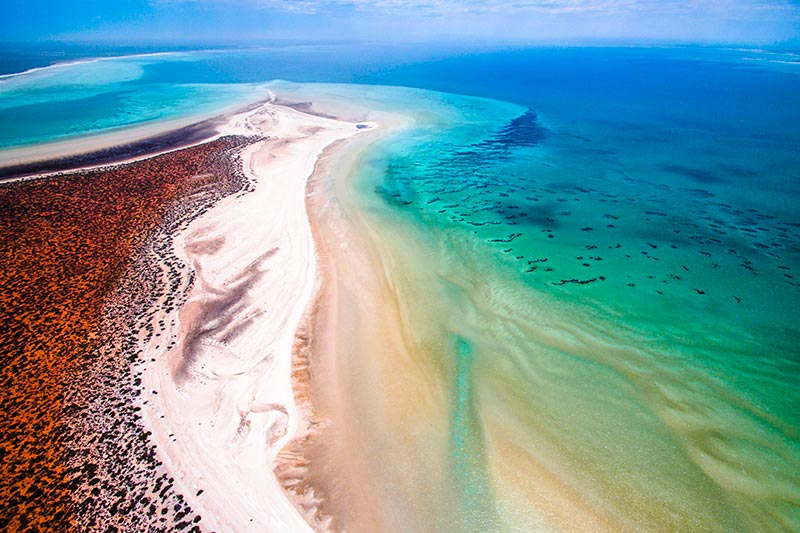
3. Shark Bay Marine Park: Seagrass Sanctuary
Shark Bay’s 2.2 million hectares of marine and terrestrial environment protect one of the world’s most significant seagrass ecosystems.
Conservation Significance:
- Hosts the world’s largest dugong population (over 10,000 individuals)
- Contains 1,030 square kilometers of seagrass beds storing massive amounts of carbon
- Supports living stromatolites, providing insights into early Earth conditions
- Maintains pristine dolphin populations with unique tool-use behaviors
Ecosystem Services: The marine park provides crucial environmental services:
- Carbon Storage: Seagrass beds store 27 million tonnes of carbon dioxide equivalent
- Nursery Habitat: Shallow waters provide breeding grounds for commercial fish species
- Water Quality: Seagrass beds filter nutrients and maintain water clarity
- Coastal Protection: Vegetation stabilizes sediments and reduces erosion
The park demonstrates how marine protected areas can successfully balance conservation with sustainable fisheries and tourism.
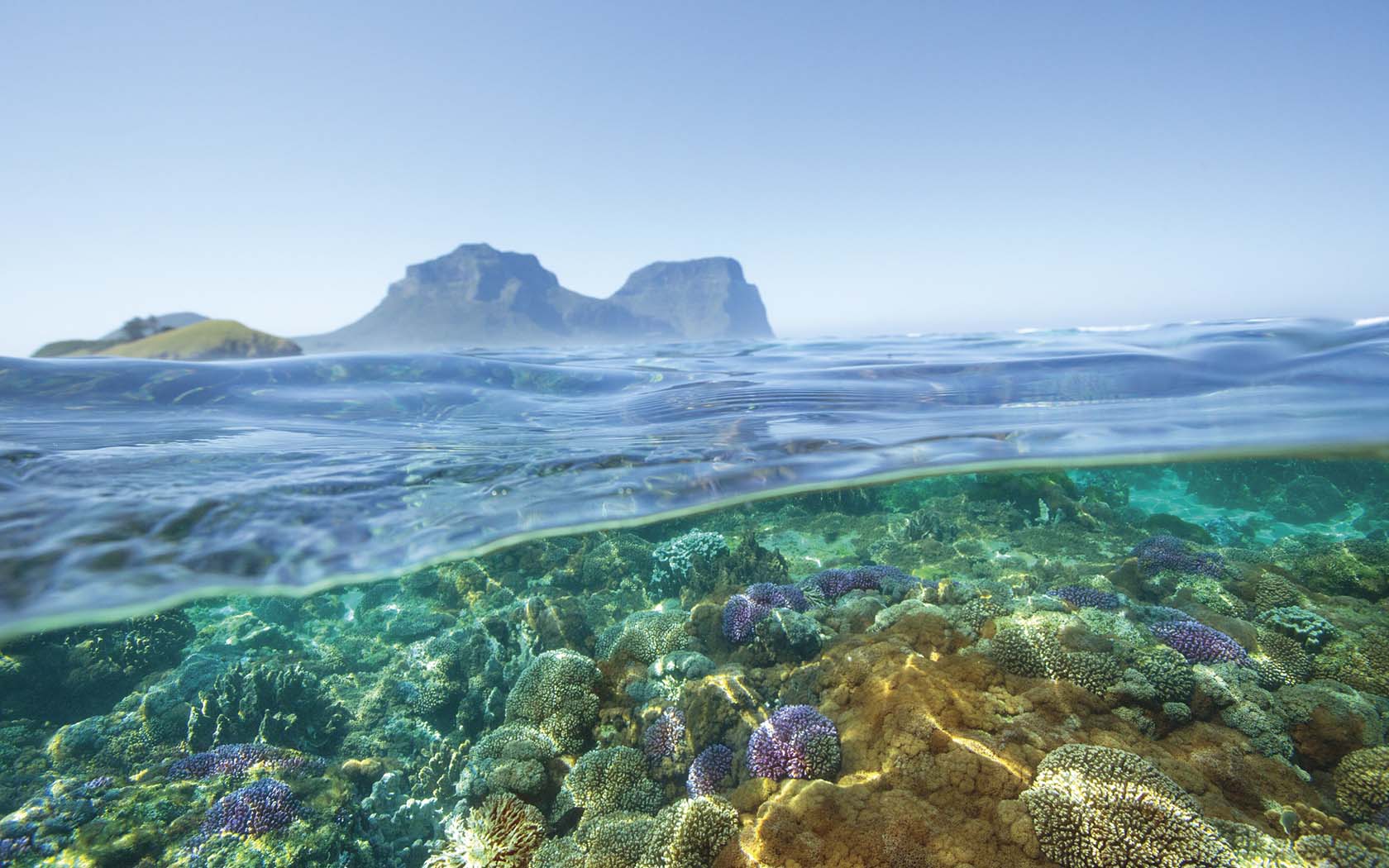
4. Lord Howe Island Marine Park: Subtropical Paradise
The Lord Howe Island Marine Park protects the world’s southernmost coral reef system, 600 kilometres east of mainland Australia.
Conservation Significance:
- Represents a unique transition zone between tropical and temperate marine ecosystems
- Supports 447 fish species, with 17% found nowhere else on Earth
- Maintains pristine coral reefs at the edge of their viable range
- Provides habitat for endangered species like the white-bellied sea eagle
Unique Features:
- Coral Adaptation: Corals here show remarkable cold-water tolerance
- Endemic Species: High levels of endemism in fish and invertebrate populations
- Pristine Condition: Minimal human impact preserves natural ecosystem processes
- Research Value: Provides insights into coral reef adaptation and resilience
The island’s isolation has created a natural laboratory for studying marine ecosystem evolution and adaptation.
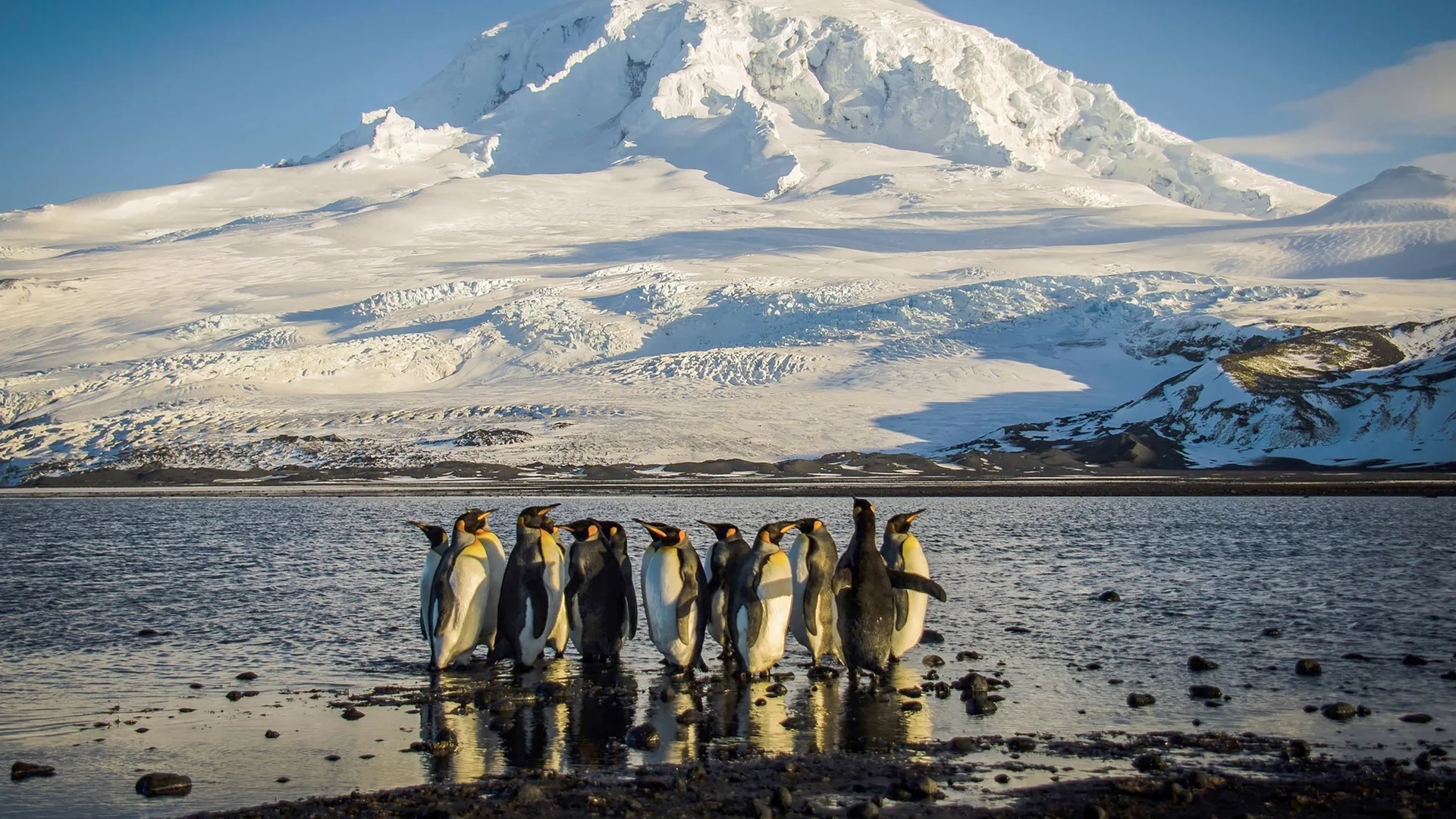
5. Heard Island and McDonald Islands Marine Reserve: Antarctic Wilderness
This remote marine reserve, 4,100 kilometres southwest of Perth, protects one of the world’s most pristine marine wilderness areas.
Conservation Significance:
- Covers 65,000 square kilometres of Southern Ocean ecosystem
- Supports massive populations of seabirds, seals, and whales
- Maintains untouched marine food webs in Antarctic waters
- Serves as a crucial research site for climate change studies
Unique Ecosystem:
- Seabird Colonies: Over 2 million macaroni penguins breed on the islands
- Marine Mammals: Elephant seals, fur seals, and multiple whale species
- Deep Sea Habitats: Protects vulnerable deep-sea coral and sponge communities
- Pristine Waters: No commercial fishing or tourism allows natural ecosystem function
The reserve provides a baseline for understanding pristine marine ecosystems and the impacts of climate change in polar regions.
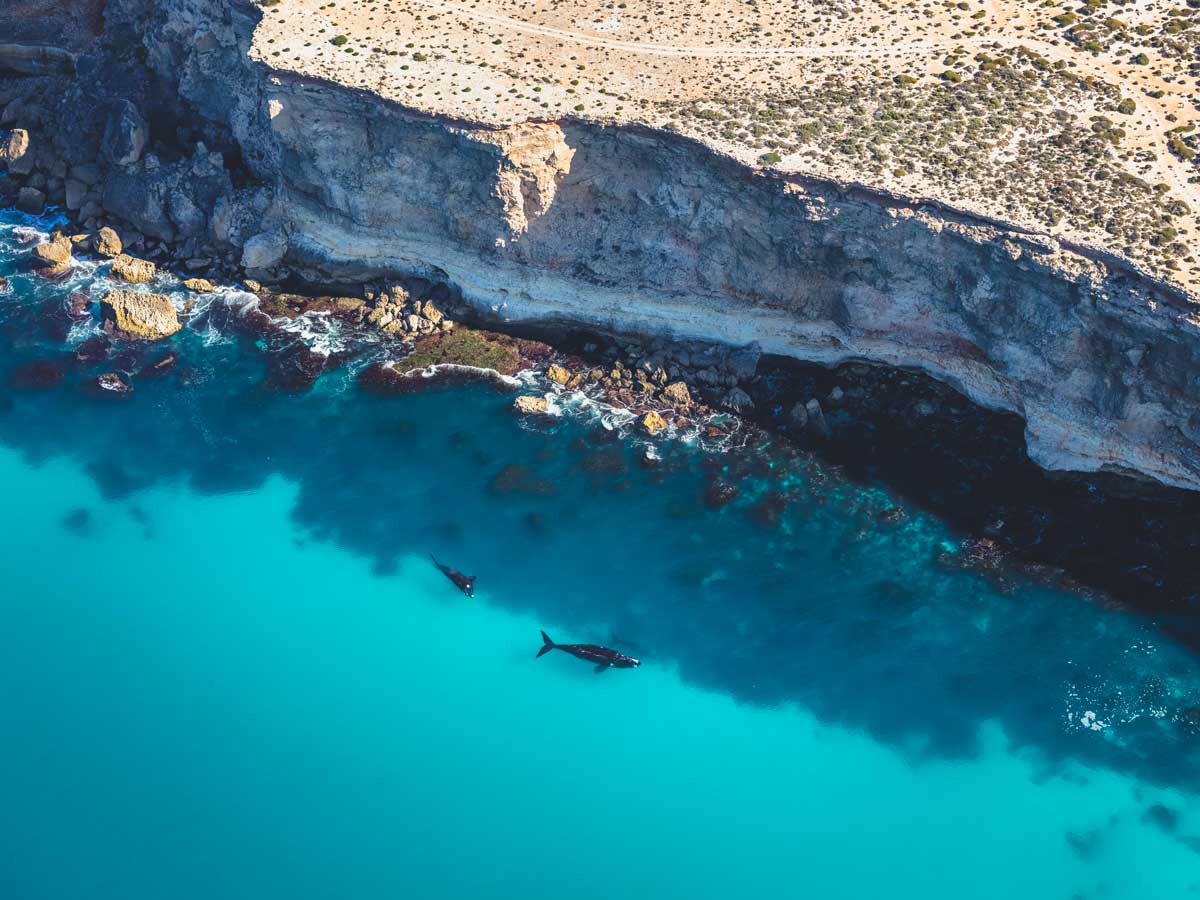
6. Great Australian Bight Marine Park: Deep Sea Protection
The Great Australian Bight Marine Park protects 45,000 square kilometres of continental shelf and deep-sea environment along South Australia’s coast.
Conservation Significance:
- Protects the world’s largest southern right whale nursery area
- Maintains pristine deep-sea ecosystems including ancient coral reefs
- Supports diverse seabird populations including endangered species
- Preserves Aboriginal cultural connections to marine country
Conservation Achievements:
- Whale Recovery: Southern right whale populations have increased from 300 to over 3,500 individuals
- Habitat Protection: Protects crucial calving and nursery areas during breeding season
- Research Hub: Facilitates studies on deep-sea ecosystems and whale behavior
- Community Engagement: Works with local communities and traditional owners
The park demonstrates how marine protection can support species recovery and ecosystem restoration.
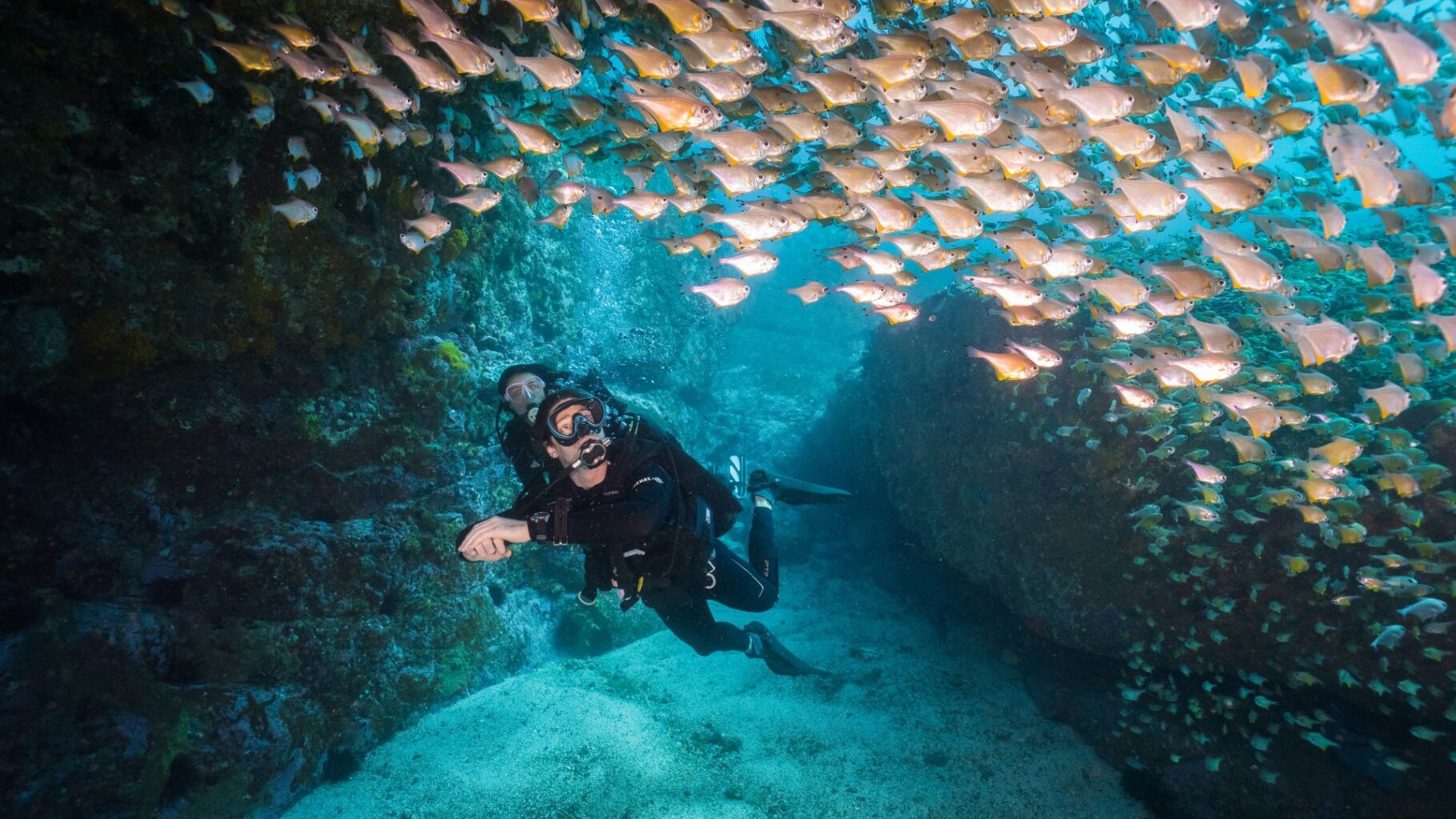
7. Solitary Islands Marine Park: Biodiversity Hotspot
Located off the New South Wales coast, this marine park protects a unique convergence zone where tropical and temperate marine species meet.
Conservation Significance:
- Supports over 400 fish species, the highest diversity in NSW waters
- Protects Australia’s southernmost coral reefs
- Maintains critical habitat for endangered grey nurse sharks
- Provides refuge areas for commercially important species
Ecosystem Diversity:
- Coral Reefs: Tropical corals at their southern distribution limit
- Kelp Forests: Temperate kelp communities in deeper waters
- Rocky Reefs: Complex habitat supporting diverse invertebrate communities
- Soft Sediment: Seagrass beds and sand flats providing nursery habitat
The park’s multiple zoning system balances conservation with sustainable fishing and tourism, serving as a model for multi-use marine protected areas.
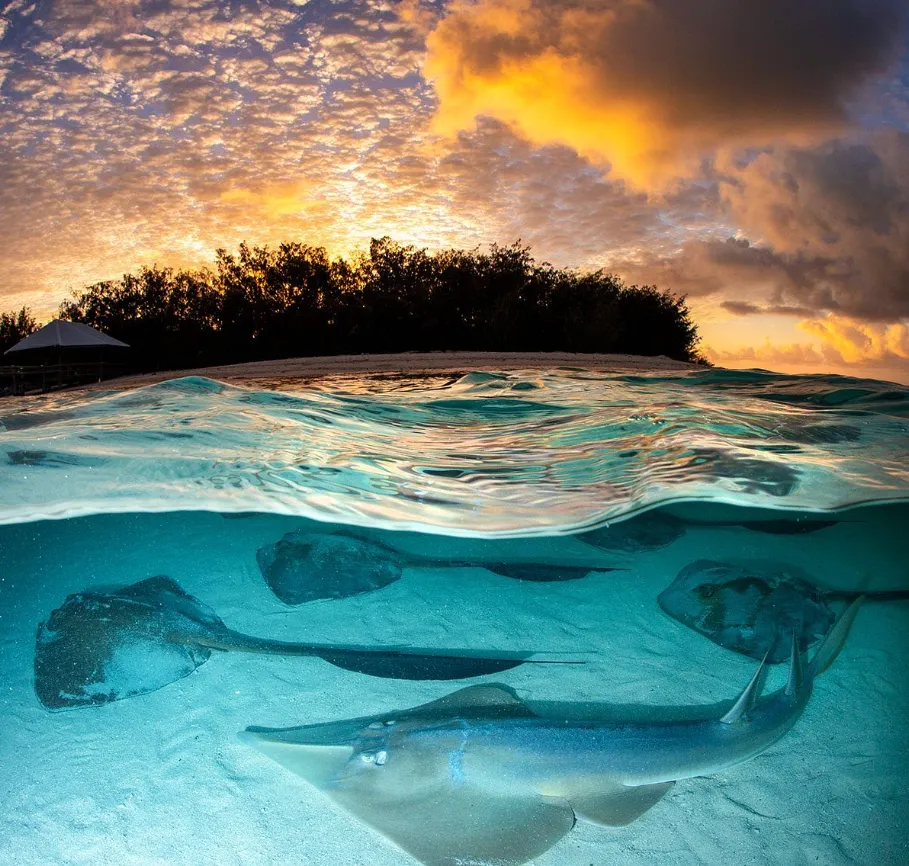
8. Jervis Bay Marine Park: Coastal Conservation Excellence
Jervis Bay Marine Park protects 215 square kilometres of diverse marine habitat including Australia’s whitest beaches and crystal-clear waters.
Conservation Significance:
- Maintains pristine temperate marine ecosystems close to major population centers
- Supports threatened species including little penguins and fur seals
- Protects important cultural sites for Aboriginal communities
- Provides accessible marine education opportunities
Management Innovation:
- Zoning System: Balances strict protection with sustainable use
- Community Involvement: Extensive volunteer programs support conservation
- Research Partnerships: Collaborates with universities for ecosystem monitoring
- Education Programs: Reaches thousands of students annually through marine education
The park proves that effective marine conservation can thrive near urban areas with proper management and community support.
The Network Effect: Connected Conservation
These eight marine conservation zones don’t exist in isolation. They form part of Australia’s National Representative System of Marine Protected Areas, designed to protect the full range of marine ecosystems and species across the continent.
Collective Impact:
- Ecosystem Representation: Together they protect examples of all major marine ecosystem types
- Species Protection: Provide refuge for threatened species throughout their ranges
- Climate Resilience: Create networks that help species adapt to changing conditions
- Research Opportunities: Enable comparative studies across different marine environments
Future Challenges and Opportunities
Australia’s marine conservation zones face ongoing challenges from climate change, pollution, and increasing human use. However, innovative management approaches, advancing technology, and growing community support provide reasons for optimism.
Emerging technologies like environmental DNA sampling, satellite monitoring, and artificial intelligence are revolutionizing marine conservation. These tools enable more effective monitoring, enforcement, and adaptive management of marine protected areas.
The success of these eight marine conservation zones demonstrates that with proper planning, adequate resources, and community support, we can protect marine ecosystems while maintaining sustainable use. They serve as models for marine conservation globally and provide hope for the future of our oceans.
If you’re interested in how you can forge a career in Marine Conservation, check out our Marine Studies courses below.




